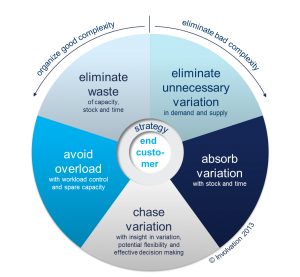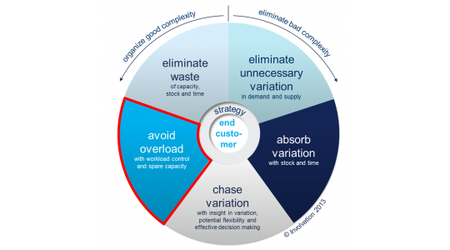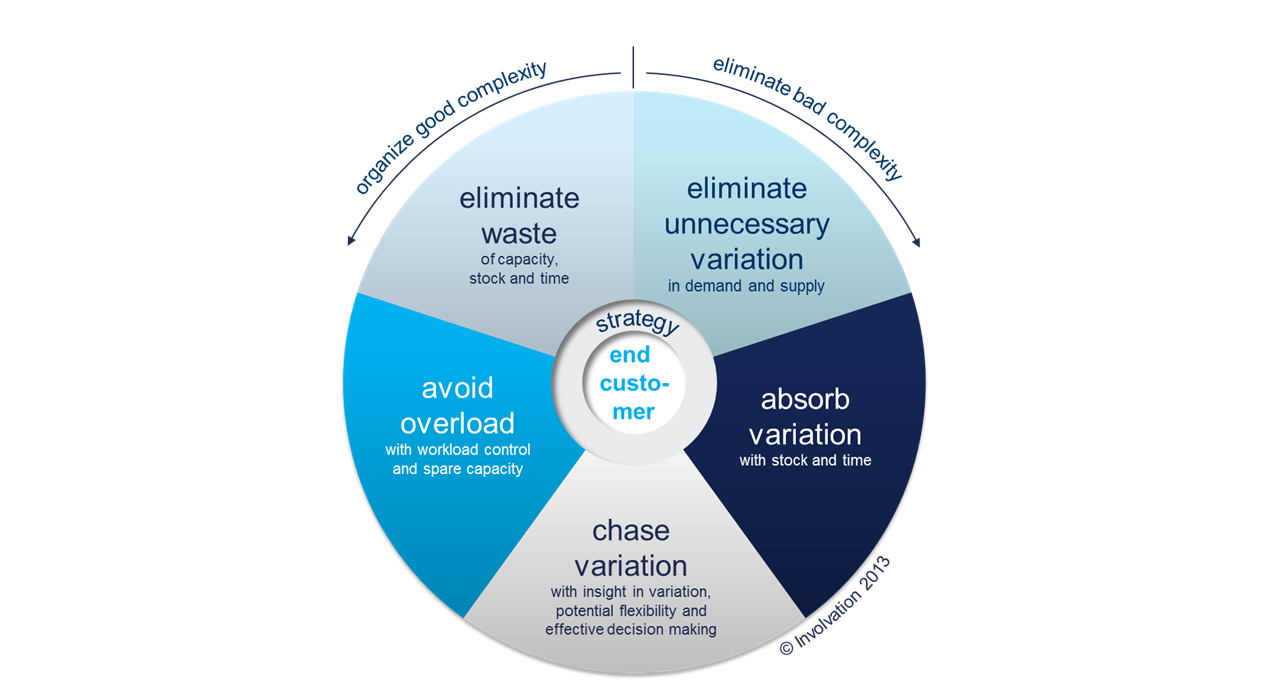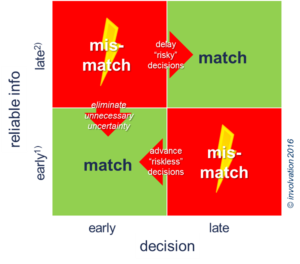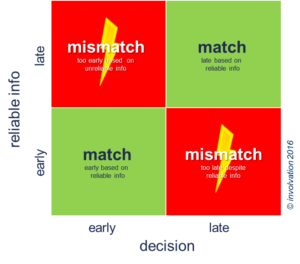The Wheel of Five: A Powerful Tool for Managing Supply Chain Complexity
To help organizations recognize and successfully deal with good and bad variability, Involvation has developed the Wheel of Five for Supply Chain Management. This article provides an introduction to the tool. In many boardrooms, the mantra is to improve service while reducing costs. That’s easier said than done, especially when forecasts are...
